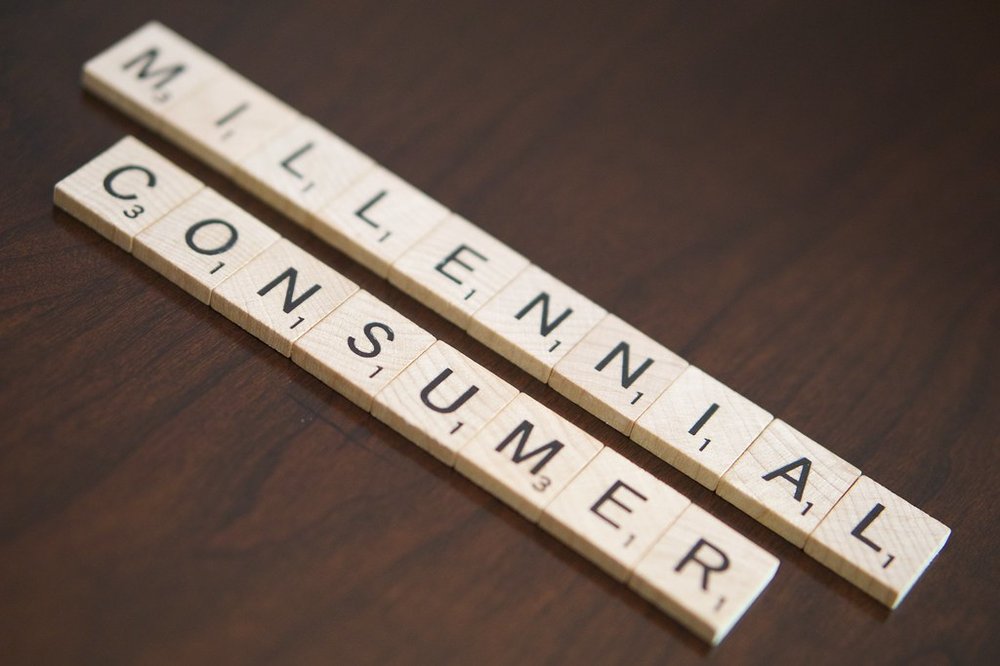Collection Spotlight: Brand Catalyst by MRI Simmons

by Michael Pasqualoni, Librarian for the Newhouse School of Public Communications
The function within MRI Simmons called Brand Catalyst is an easy to use data visualization platform offering insights into American consumers and their prevailing product category and brand name preferences and buying behaviors. After proceeding to the homepage of MRI Simmons, click the link to “Profile” in the top menu bar then click “Brand Catalyst.” A digital tool employed by those working in or studying advertising, marketing or engaged in media planning, this database offers potential applications for anyone at Syracuse University interested in numeric data analysis from a survey organization. Since 1962, MRI Simmons has been presenting itself as a voice of the American consumer through its nationally representative surveys. See the SU Libraries MRI Simmons Research Guide for more “how to” advice.
Brand Catalyst reports provide concise sets of comparative data visualizations that do not require advanced statistical analysis skills. Within MRI Simmons’ licensed access via Syracuse University Libraries and alongside that database’s powerful manual cross-tabulation capabilities, creating one or several Brand Catalyst visualization charts is one of the easiest ways to begin exploring MRI Simmons data. Users can gain prompt insights into specific types of consumers, their opinions and the brands and product categories with which they interact. Psychographic data is also retrievable in MRI Simmons, including attitudinal measures that delve into social, political and economic opinions held by persons or households. MRI Simmons also probes predictive analytics and allows looking at data for individuals or households classified as prospective consumers of a brand or product. Users can build a profile of the personas for Americans who completely agree with a given attitude or also those who completely disagree with that opinion or attitude.
For example, users can compare recent purchasers of Android versus Apple iPhone smartphone devices. These data visualizations compare brands by consumers (for example, recent customers at a Chipotle fast food restaurant) and juxtapose this with the personas for those consumers that MRI Simmons classifies as prospects who might patronize the business in the future. Then users can explore that information alongside data for persons the survey reveals as non-prospects for that same brand or product category. Or users can produce a quick consumer persona with data about Americans who are recent purchasers of a Tesla automobile, households with a member who uses the services of an assisted living facility, fliers on Southwest Airlines, readers of a specific fashion magazine or general interest national newspaper, or viewers of individual late night American television programs (Jimmy Kimmel Live, Late Show with Stephen Colbert, ABC News Nightline, etc.). These targeted data visualizations further reveal snapshots of associated household incomes, racial composition of those consumers, age, gender, marital status, leading opinions they hold and levels of education.
Beyond students and faculty at Newhouse or Whitman who frequently use consumer data platforms like MRI Simmons, others may be interested in building a data visualized snapshot about attitudes held by U.S. adults regarding consumer goods or media programming, or issues like climate change, COVID-19, recycling behaviors, health insurance or violent crime. Applications of Brand Catalyst as a digital tool for advertising research, media planning and entrepreneurship are well established. In combination with other primary and secondary sources, researchers in wider realms of the social sciences or humanities may appreciate the digital data visualizations yielded within this consumer survey environment.
The SU Libraries MRI-Simmons Research Guide includes a detailed Brand Catalyst User Guide (16 page PDF). The SU Libraries guide also links out to an instructional video from MRI Simmons’ YouTube channel called Introducing Brand Catalyst. Syracuse University researchers should ignore guidance applicable exclusively to non-academic, individual or corporate subscribers.
To provide feedback or suggest a title to add to the SU Libraries collection, please complete the Resource Feedback Form.
